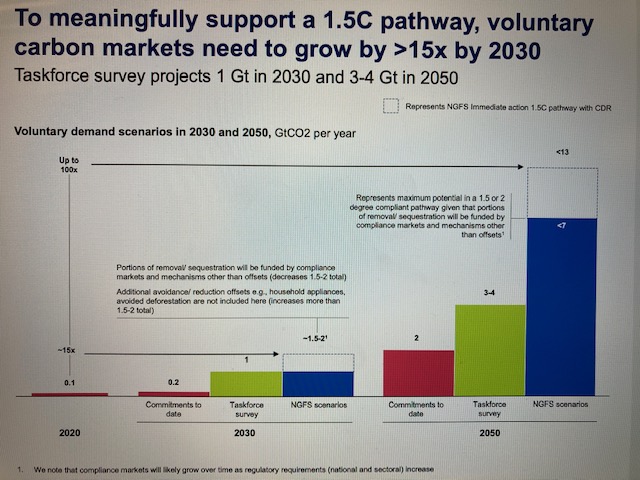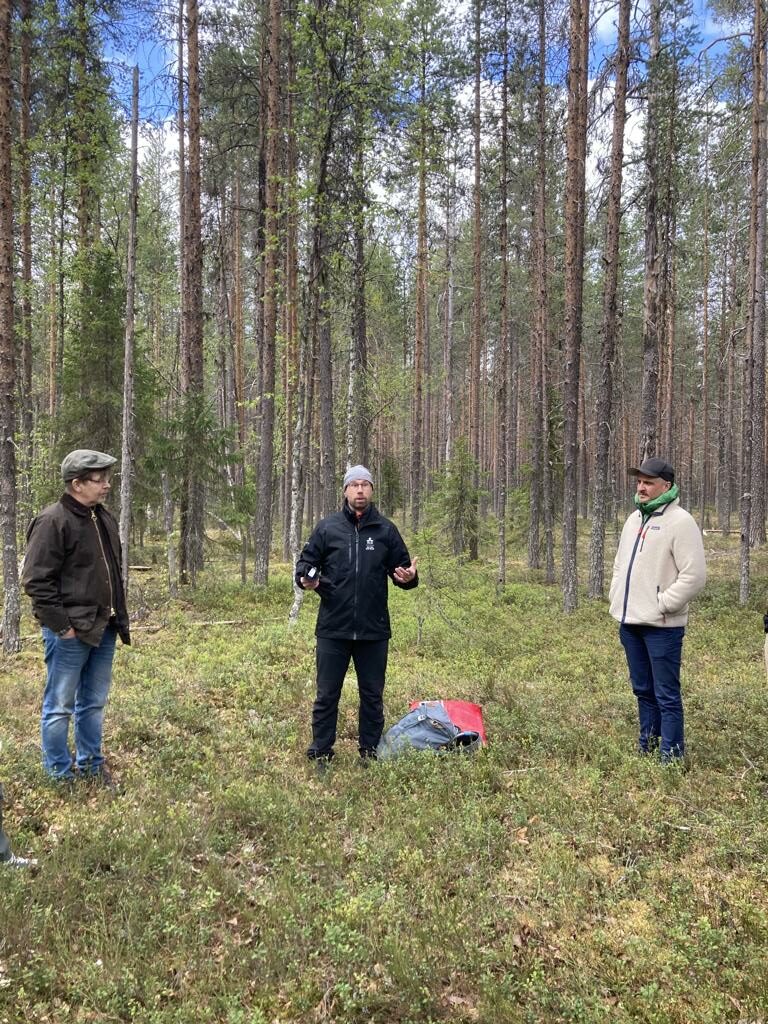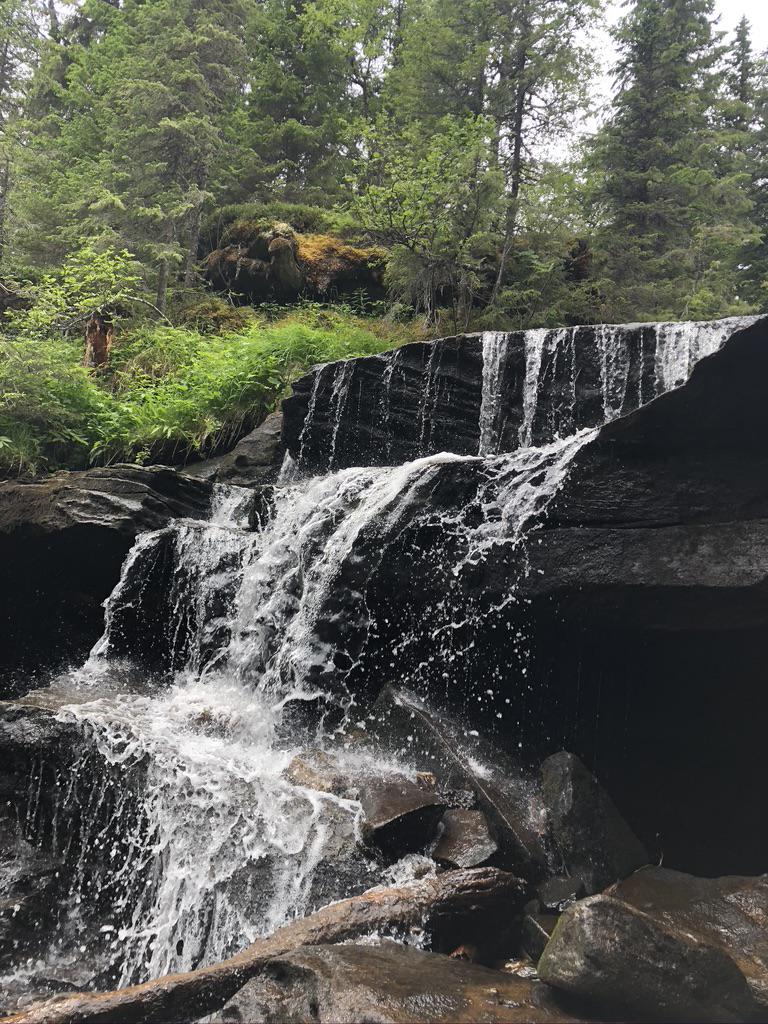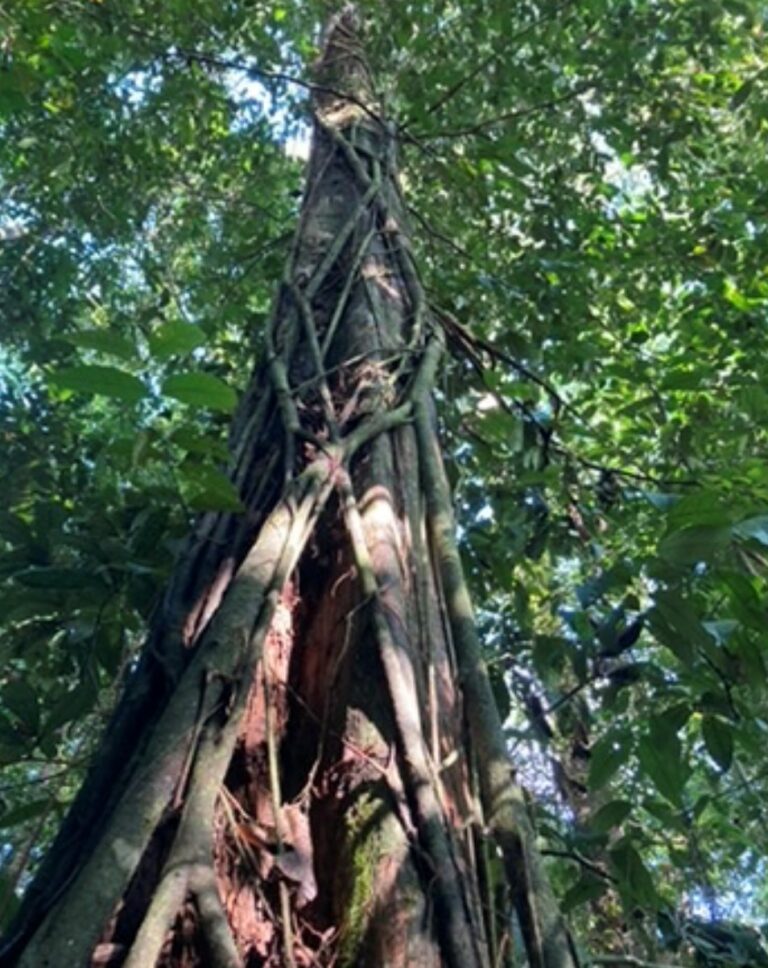Global warming is the largest challenge the mankind has seen. The need for climate action, and tools to mobilize finance for resilient transition towards low-carbon is increasingly urgent.
The private sector has a very important role to play if we are to reach the 1.5 degree ambition set out by the Paris agreement. Action is required by corporations right now and according to the Taskforce on Scaling Voluntary Carbon Markets (TSVCM) the corporates need to:
1) Reduce,
2) Report, and
3) Compensate
While direct emissions reductions by corporates should be the priority, offsetting can play an important complementary role to accelerate climate action.
Here, the forestry sector can play a very important role by creating high quality carbon offsets. These offsets will not only contribute to offsetting carbon emissions to the atmosphere, but will also contribute to improved biodiversity and water quality as well as support local communities and create job opportunities.
The projections made by TSVCM show that a 1.5C pathway requires a 50-55% reduction in net emissions by 2030. Voluntary carbon credits can help. However, to reach this goal voluntary carbon markets need to grow by >15x by 2030.
This is huge.
Where and how can we find scale? As a forester, my immediate reaction is – in forests, of course! And in particular, in the boreal forest belt of northern hemisphere. It is here we find the vastest forests of the world, and it is here we can make a difference.
This will require a mindset shift in traditional forest industries who own large forest land areas as well as perhaps changes to forest legislation. Forest authorities will need to start working with protection of carbon storage of the forests, as a part of every day management.
An interesting implication of large-scale forest carbon offset projects is how these will affect the wood markets. What will happen to wood prices if carbon prices start to rise, and what decisions will the forest owner make based on these? How will future forest management look like and what will we optimize forest production for?
For sure, very exciting times are upon us.






